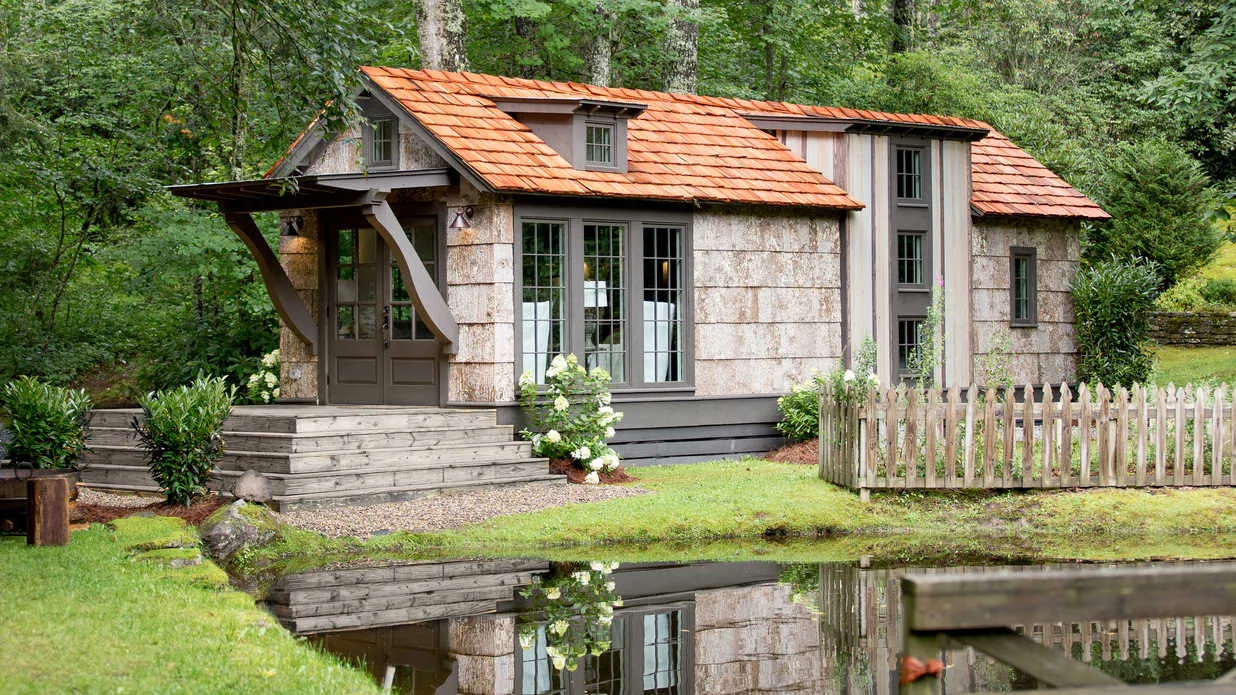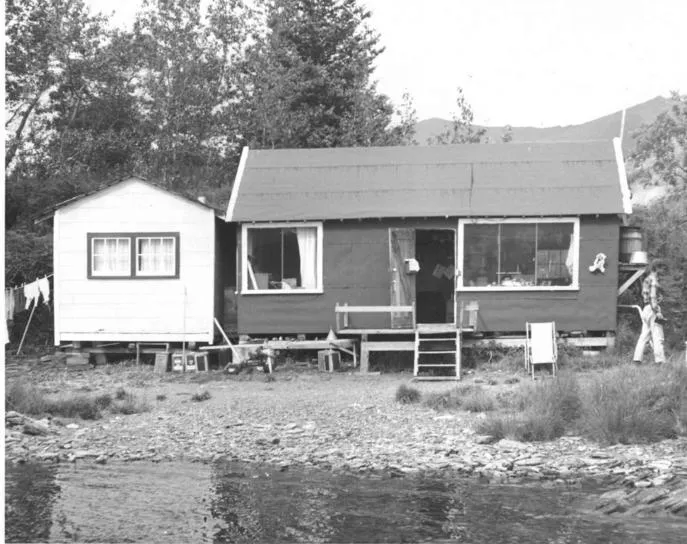
When I first saw the whole tiny house trend, my response was scepticism and caution.
It felt like it was something in the same vein as conditioning people to become used to increasingly smaller living spaces so they’ll more easy assimilate into living in apartments the size of closets yet still paying an arm and a leg for it.
However, the more I looked at it, the more I warmed up to the idea.
And even further, looking back into the history of American home ownership, I realized this is harkening back to a time when young people practiced frugality and living within their means.
What’s a tiny house?

Well, as the name states… it’s a tiny building in which to live.
What we’re typically looking at is a residential structure under 500 square feet, but they usually range between 400 to 1,000 square feet.
There’s a whole ideological impetus behind tiny homes, too:
The tiny house movement promotes financial prudence, eco-friendly choices, shared community experiences, and a shift in consumerism-driven mindsets.
Kilman, Charlie. Small House, Big Impact: The Effect of Tiny Houses on Community and Environment "Small House, Big Impact: The Effect of Tiny Houses on Community and Environment"
It’s difficult for me to say that I disagree with those principals.
One of my favorite things about the tiny house philosophy is design and architecture that maximizes space. Even though another large part of living in a tiny house is a focus on maintaining what is actually important and rejecting frivolity and useless junk, if you only have 500 square feet, you’ve got to find ways to make the most of it.
There’s been a generations-long trend towards bigger houses even though family size is decreasing on average.
In the United States, the average size of new single family homes grew from 1,780 square feet (165 m2) in 1978 to 2,479 square feet (230.3 m2) in 2007, and to 2,662 square feet (247.3 m2) in 2013, despite a decrease in the size of the average family.
What would our homes look like if designed around how we use them?
What tiny homes do is look at what’s actually important -- where do people spend their time, really -- and design a house around that with the intent of being eco-friendly and economically affordable.
And those last two points are why this trend is so popular amongst young people, who are very eco-minded and also do not have the money to pay for increasingly exorbitant home prices.
I mean, seriously, even when I look at the home prices in my local area, which isn’t a major metropolitan economic center with a high average wage, home prices are insanely high, and so is demand, which also increases the cost of rental homes and apartments.
It’s ridiculously expensive just to live in America right now. So the tiny home offers a young person the opportunity to own a house outright, as some of these things can be purchased and built for under $10,000.
And it’s not like your tiny house has to be crappy just because it’s small and much cheaper than a normal house. Just check this thing out.
Back to tradition

It might sound weird to say that something that seems so hip and trendy is actually harkening back to older times, but it’s true.
In the US, generations ago, people didn’t expect to get their first job out of college and have a house similar to their parents.
As mentioned in the previous section, the average home in 1978 was only 1,780 square feet, which is only slightly bigger than an official tiny home on the large end of the spectrum. That was “average”, while houses today are an average of twice that size.
The way it used to work was you got your first good job, bought yourself a house that was probably under 1,000 square feet, and you started to build up your skills, work experience, income, and family, until eventually, down the road, you were able to ACTUALLY AFFORD a house of a bigger size.
Compared to what young people do today, which is to go into massive debt in school and then come out and struggle to even get a job at all -- let alone a “good job” in the field of their education -- and when you DO get a house, it’s simply “normal” to wind up with a 30 year mortgage worth $200,000 on average.
The tiny house movement is the modern expression of that same frugality, with average, modest tiny homes averaging about $25,500, and even luxury tiny homes at around $150,000 (compared to millions for a luxury home of normal size).
How Much Does a Tiny House Really Cost?
This allows a young person to get a home that they can actually afford and pay off (if they even get a loan) in a short period of time so they are not weighed down by debt, working as a slave for the banks for their whole life.
I’m sure, in many cases these people end up preferring a simpler, less cluttered life anyway.
What do you think?

I think tiny homes are kind of cool.
There are even shows about tiny homes:
What do you think about these houses?